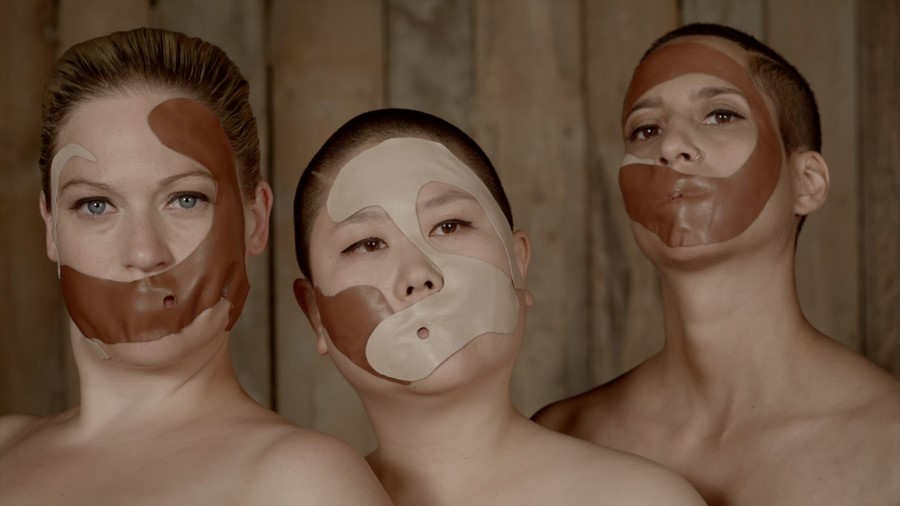From visceral, dreamlike headliners to black and white silent shorts, these are the films breaking from the mainstream in 2017
Short films rarely get the breadth of attention they deserve, but aficionados know which festivals to hit up as the sun signals summer for some of the freshest, most innovative cinema around; from Hamburg International Short Film Festival and Oberhausen to Happyland and Vienna Shorts. Our highlights from those to watch for in the months ahead, below.
1. Horse Boobs (above)
Oberhausen had a brilliant festival trailer this year featuring heavily made-up, sequinned performers with frozen smiles, and it was made by Hamburg-born, Vienna-based filmmaker Katrina Daschner, who loves to explore burlesque imagery and erotic subversion in her work. Her latest short Horse Boobs, the fifth part of a series based on Viennese provocateur Arthur Schnitzler’s Dream Story (which was also the inspiration for Stanley Kubrick’s Eyes Wide Shut) screened at the festival as well. As its title intimates it merges body parts and accoutrements of horses and performing humans replete with saddlery and masks in an odd, visually disorienting and amusingly absurdist manner.
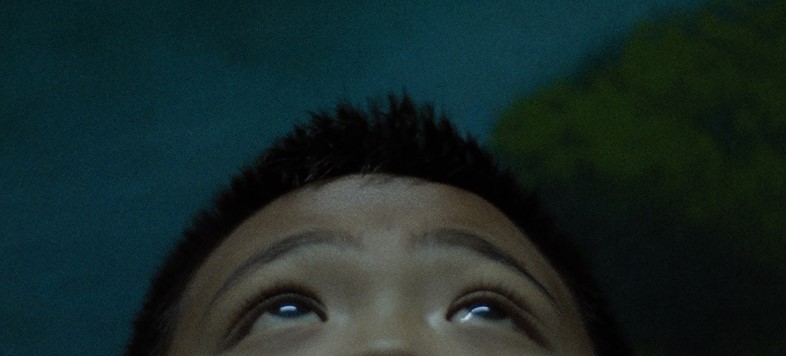
2. Hiwa
The poetry of the dreaming subconscious and adolescence as a less-than-idyllic state are preoccupations of Greek filmmaker Jacqueline Lentzou, whose gorgeously shot, bold work was the focus of a programme at Vienna Shorts. As well as her London Film School graduation film Thirteen Blue, her chimerical and piercing take on death and rebellion Fox, and her music video of voyeurism and abandon for punk pop band and art collective The Callas, the festival screened Hiwa, which had its world premiere at this year’s Berlinale and shows a defamiliarised vision of Athens as seen in a Filipino dream. Look out for this gifted director’s first feature Approaches on Captivity, which she’s working on right now.
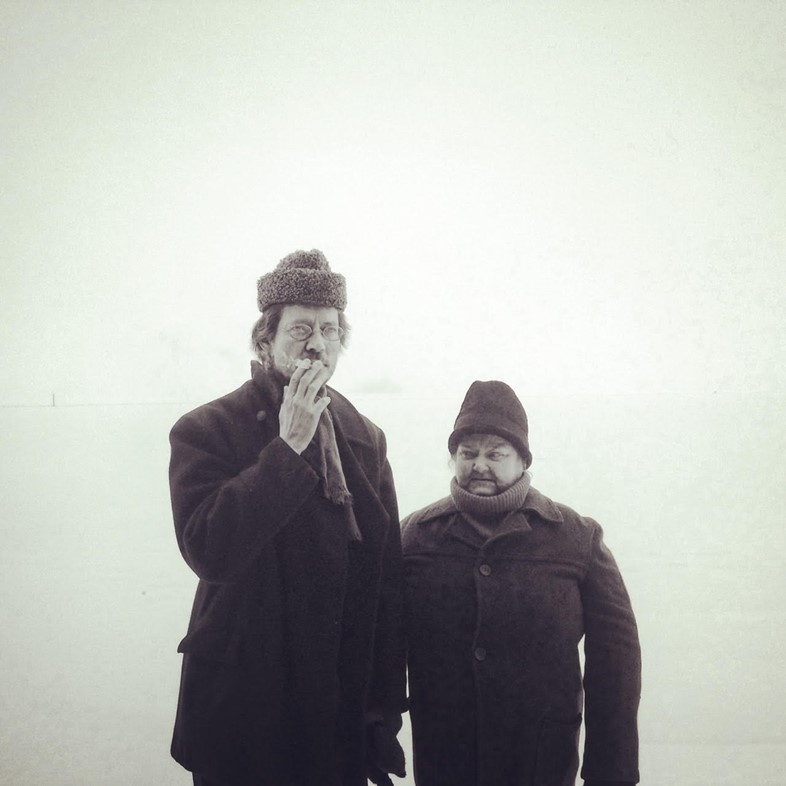
3. The Moonshiners
The highlight of Oberhausen was the international premiere of The Moonshiners. Directed by Juho Kuosmanen, acclaimed last year for beautifully understated boxing drama The Happiest Day in the Life of Olli Mäki, the silent short is a homage to the lost first feature ever made in Finland and reveals his genius for deadpan wit. Mishaps abound after siblings inherit some booze-brewing equipment and a pig in the film, shot on black-and-white 16mm to revive the crackling luminosity of early cinema. The screening was accompanied by music performed by the Ykspihlajan Kino-orkestri, live sound effects from Finnish foley artist Heikko Kossi and his collection of objects, and shots of liquor handed around the audience by the director himself.
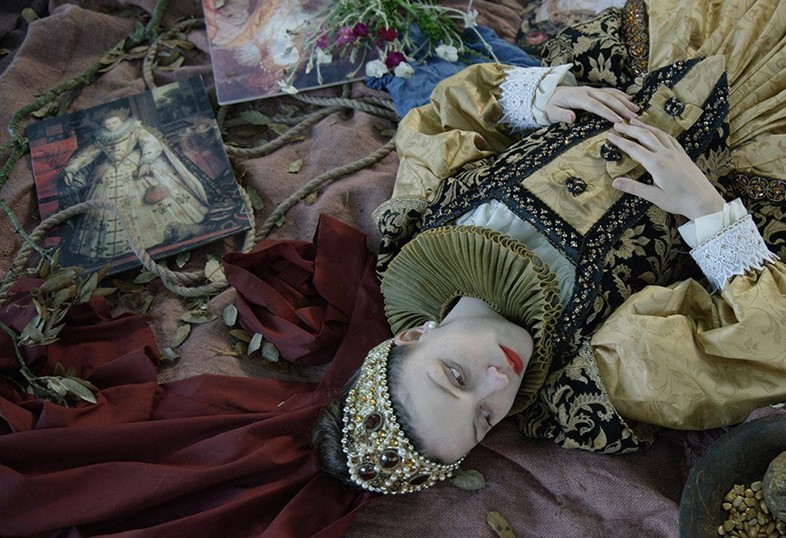
4. Tropikos
Dreamlike and surreal with a biting political undercurrent, Tropikos by Ghana-born artist and Black Audio Film Collective co-founder John Akomfrah had its world premiere at Oberhausen. It takes us back to the 16th century and was shot on and around the waters of England’s south west, from where the first British slaving excursion set sail for Africa. The past, present and place lose clear delineation, as richly coloured and costumed tableaux staged like hallucinations evoke the spoils and exploitation of empire. Voiceovers recite seafarers, Shakespeare’s The Tempest and Milton’s Paradise Lost, as the uncertainty of first encounter becomes a gateway for brutal change.
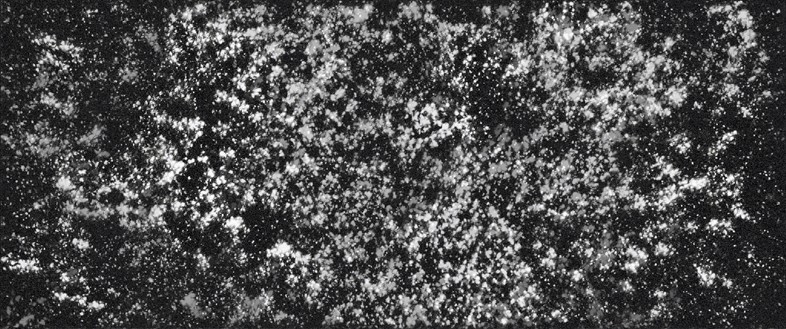
5. Keep That Dream Burning
Noise and its indistinct possibilities are a source of fascination for Berlin-based digital artist and filmmaker Rainer Kohlberger, who was back in Vienna and Hamburg after his acclaimed Moon Blink of two years ago with Keep That Dream Burning. His work is always rigorous yet playful, and his latest gorgeously textured, black and white maelstrom embraces a staple of mainstream genre cinema only to bend and abstract it back out of knowability and recognition. Noise was extracted from the explosions and fires of action films through algorithms, eliminating narrative but churning a hypnotic essence in its wake.
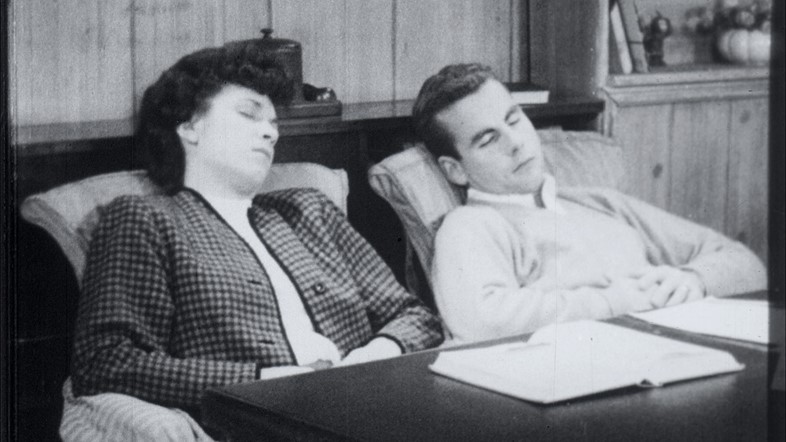
6. When You Awake
Another favourite from Hamburg was US independent filmmaker Jay Rosenblatt’s When You Awake, a found footage retro mash-up that takes us on a surreal jaunt through a couple’s hypnotised minds. Clips from domestic scenes of decades past and pseudo-sciences of eroticism form a bizarre and funny cascade of human desires and hang-ups; a busy landscape of images the conscious and socially decorous individual remains oblivious to. As Freud once said, and Rosenblatt is keen to remind us: “The mind is like an iceberg, it floats with one-seventh of its bulk above water.”
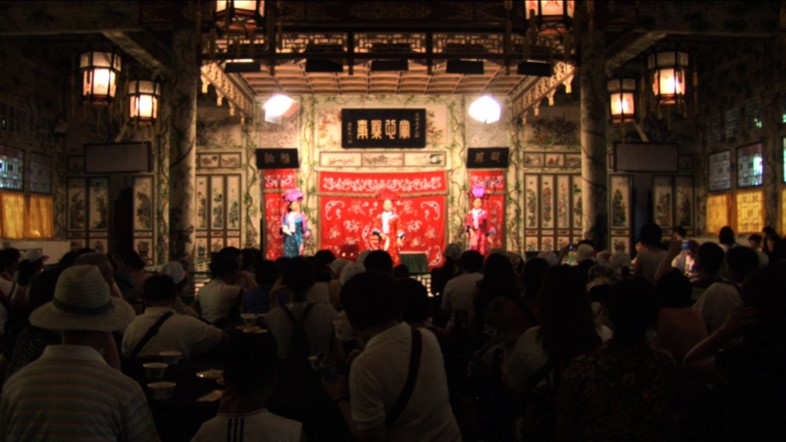
7. Late Summer
Cui Yi scooped the main award in Oberhausen for Late Summer, her portrayal of a theatre space in Beijing. Centuries old, its past is still imprinted on the present, even as its nature as a public space and modes of spectatorship have transformed over time. An independent filmmaker who grew up in northwest China and now lives between there and Canada, she has often explored shadow puppetry and traditions that have become modern spectacle in a transitioning country in her work.
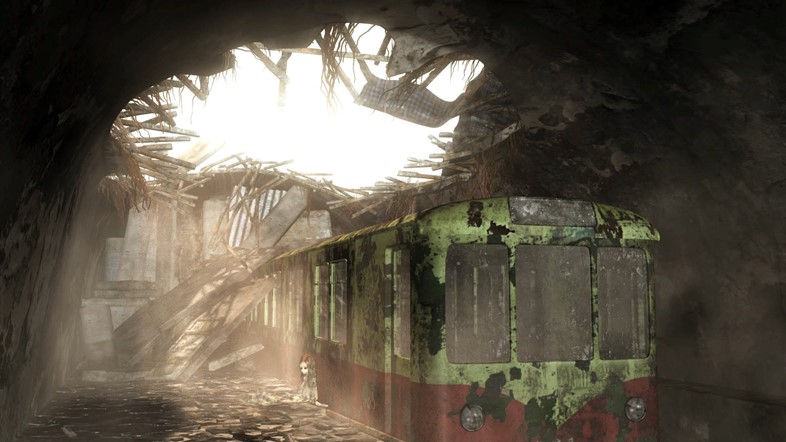
8. Animal Year
Chinese cinema was on fire at Oberhausen this year, with another of its directors Zhong Su awarded for his wild and inventive dystopian animation Animal Year. In post-apocalyptic city ruins downtrodden, toiling animals are targeted by revelrous, reckless babies in airships in a beautifully rendered, hallucinogenic vision that plays with the hope of regeneration and future spectres of a used up and trashed world.
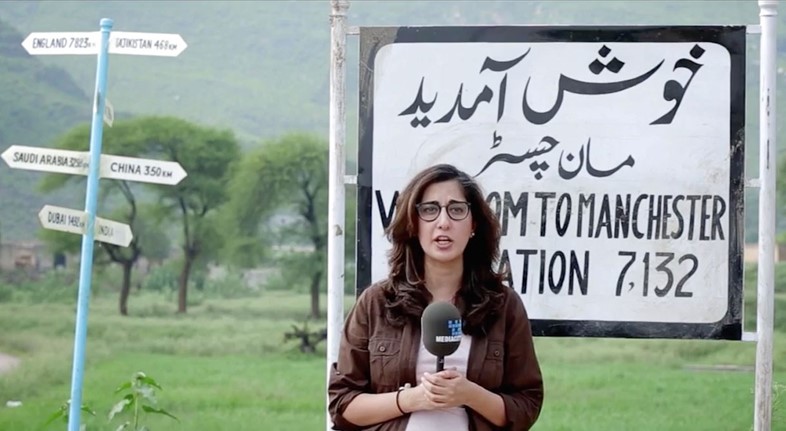
9. The Legend of Ruby Pasha
Set once upon a time in Pakistan, the latest from gifted director Sabah Haider (who is based between Montreal, Paris and Beirut) screened at Finland’s short film festival in Tampere. (That festival’s claim to fame? Its sauna parties.) It’s an audacious, witty and hallucinogenic riff on the western genre and honour-killing tales in an age of globalisation. Featuring an inspired use of psychedelic rock track Time of the Season by The Zombies, it takes deft aim at patriarchal attitudes and shallow political engagement amid media hype. Aspiring entomologist Ruby Pasha goes on the run after an act of violence – and independently of her will, she is made the symbol of a global movement.
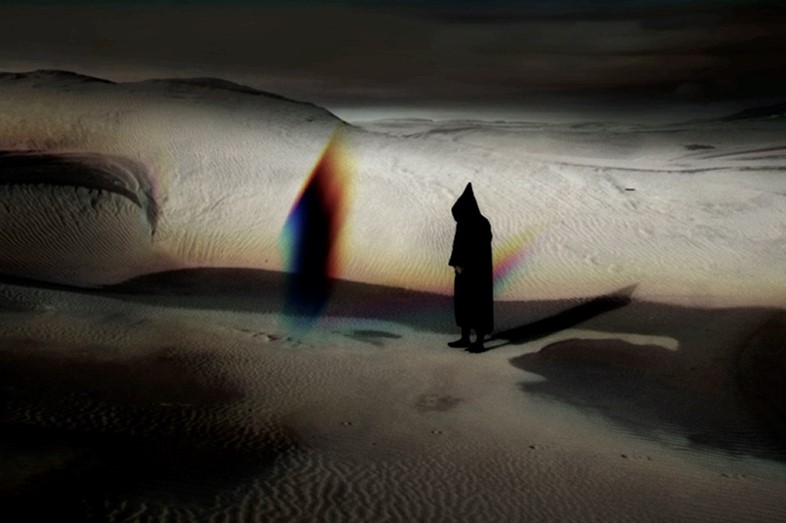
10. Fajr
Figures moving through night landscapes that have taken on the eerie glint of otherworldly archetype have appeared before in Spanish director Lois Patiño’s films, in which nature feels haunted or mystically charged. In his mesmerising Fajr, which had its world premiere at Rotterdam and also screened in Vienna, the Moroccan desert becomes a site for gorgeously smudged, refracted mirages or magic. Cloaked figures that could moonlight for Death in Bergman’s The Seventh Seal transmute into fading light. The pre-sunrise call to prayer sounds out.
